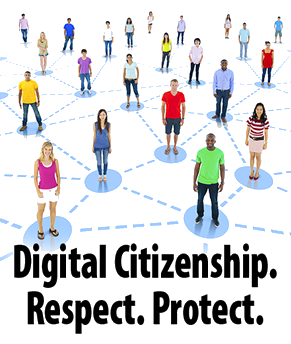I worry when I hear other student affairs colleagues I come across online and face-to-face say they don’t believe in social media because they’re a fad and/or they don’t see the value in these tools. I worry when I hear comments like “I don’t use Facebook, I don’t see why others are using it” or “I don’t see the value of social media in how we do business in student affairs. They don’t provide any additional value.” My concern is that some of the resistance to social media seems to come from the perspective of “what’s in it for me” instead of considering these tools from student perspectives. This is the type of selfish perspective that worries me. I consider this selfish because folks who think this way think of their needs and place their value systems first instead of those they serve. There are those whose minds cannot be changed regardless of countless pieces of evidence about the impact and use of social media amongst the student population. Social media are more than about technology. To appreciate social media, one must consider how these tools impact communication, relationships, community building, engagement, learning, identity, and personal/career development. As student affairs professionals and educators, aren’t these the same issues, we must consider when serving the needs/wants of our students?
Before I continue, some of those reading this will argue that not every student uses social media and not every student uses mobile devices. That is true; just walk around campuses, and you’ll observe many students using these technologies. Pew Research and ECAR Study of Undergraduate Students and Information Technology, 2013 also confirm our students’ high use of social media, mobile, and other technologies.
I hear this type of thinking too many times, what I call “legacy thinking,” wherein folks reminisce and try to impose/apply them today. This is not only limited to how they approach social media but to other technologies and how students live their lives today. But at some point, we must adopt the attitude of “it’s not about me; it’s about the students.” Do I expect everyone to become experts and accept every technology blindly? Of course not. I personally examine technology with cautious optimism. But, if we are not open to examining the potential benefits and pitfalls of social media, how can we educate and model to our students how to take advantage and conduct themselves appropriately using these tools? As student affairs professionals, regardless of our personal beliefs and biases against social media, we should probably try to understand what social media means in terms of our professional responsibilities and consider them from students’ perspectives.
If there’s a message I would like to tell these folks, it would be to learn a little bit about social media, if not for themselves, but for the sake of the students they serve.


